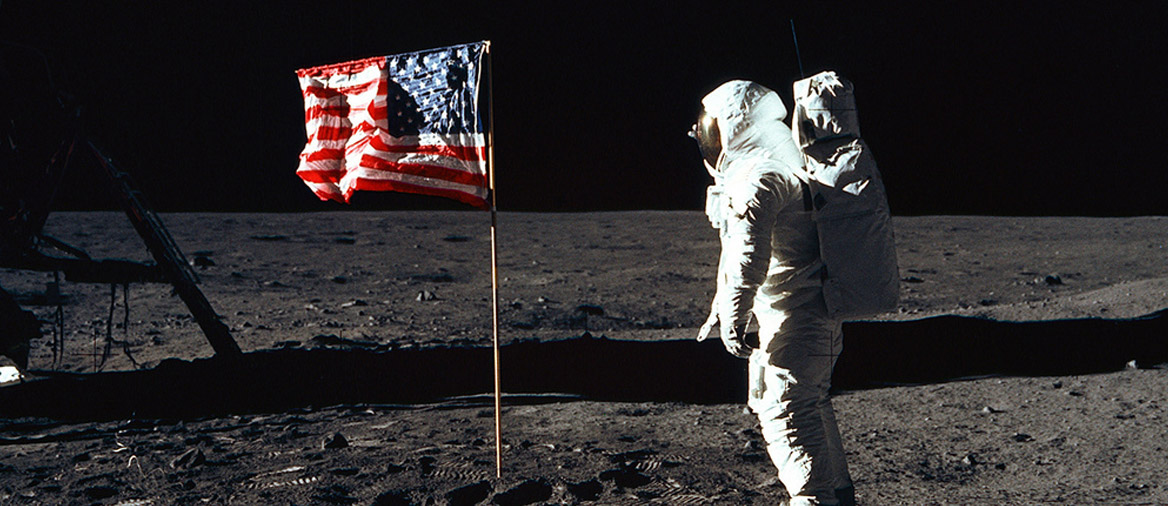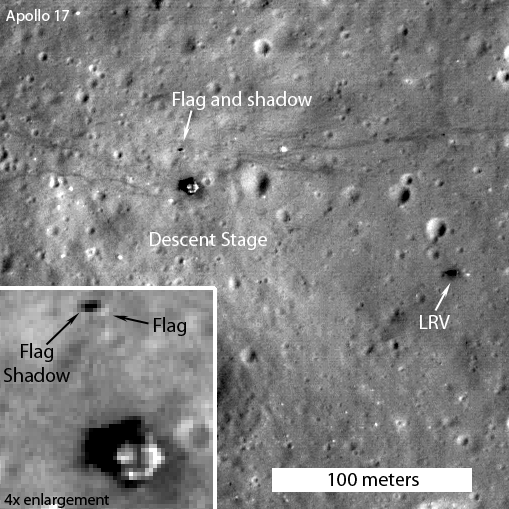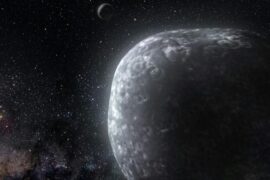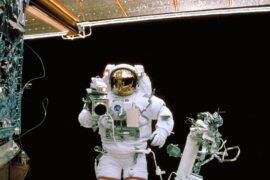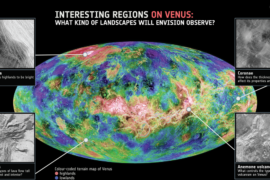There are currently 7 flags planted on the surface of the Moon. Six of them are American and they were left by each of the Apollo missions that successfully landed on the Moon (Apollo 11, 12, 14, 15, 16, and 17) between 1969 and 1972. The other flag is Chinese, it was affixed by the robotic lander of the Chang’e 5 spacecraft as the mission wasn’t manned.
A common question people have when they are considering buying their first telescope is if it is possible to take a look at these flags using a regular backyard telescope. Well, let’s answer that once and for all in this article.
Can a telescope see the flag on the moon?
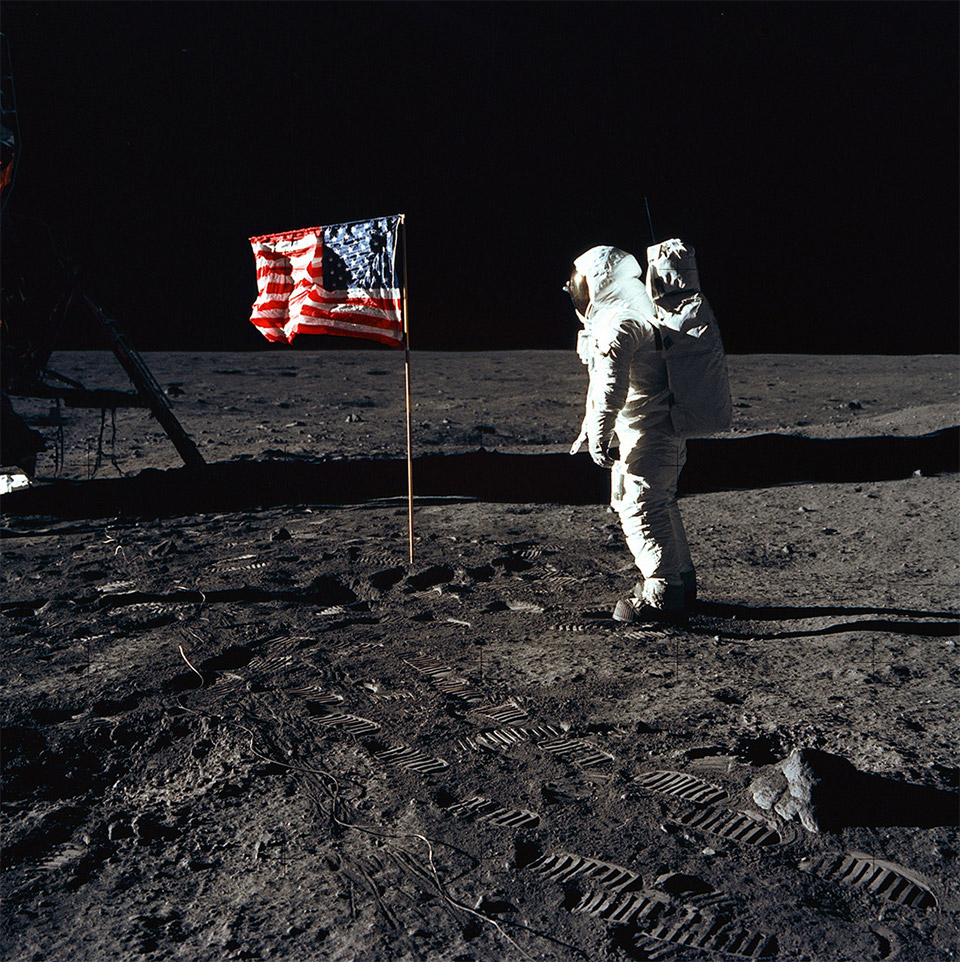
The Moon is located on average at a distance of 384,400 kilometers (238,855 miles) away from Earth. Knowing this, you can calculate the resolution of a telescope, and with that, the spatial extent, which is basically the minimum size that an object would have to be for a telescope to be able to see it. I’ll spare you the math, but if we do this calculation for the Hubble telescope, the result is about 100 meters, or about the size of a football field, and when you do it for a backyard telescope with an aperture of 130mm, the result is approximately 1.5 kilometers (0.9 miles).
The flag left on the Moon by the Apollo 11 crew was 121 cm long (4 ft). So…..
No, it is not possible for a telescope to see the flags on the Moon. The flags are only 121 centimeters (4 ft) long and the average home telescope can only see objects larger than 1.5 kilometers (0.9 mi). Even the Hubble or the James Webb aren’t big enough to reach that level of magnification.
It is important to note that space telescopes like the Hubble and the JWST have a big advantage in this, and that is that their images are not being distorted by Earth’s atmosphere, which allows them to have a much better resolution and detail. This is the main reason why photos taken by space telescopes are much better than those taken from Earth even though they are not that big. The Hubble has an aperture of 2.4 meters and the James Webb is 6.5 m. On Earth, we have telescopes like the Gran Canarias telescope with a diameter of 10.5 m. More details about this are in this article: Why do we put telescopes in space?
It is also worth noting that even if you could see the flags on the Moon at a high resolution, they are all white by now. This is because all the color has been “bleached” out by the direct UV radiation they have received from the Sun for so many years (at least the US ones, the Chines one is more recent).
How big of a telescope do you need to see the flag on the Moon?
Using the same formula that we used above we can calculate how powerful a telescope on Earth would have to have the necessary resolution to see objects that are 4 ft long (the approximate size of the flag on the Moon according to NASA’s media kit).
For a telescope to be able to see the flag on the Moon from Earth it would need a diameter of 200 meters (about two football fields). Considering that our largest telescope on the planet only has an aperture of 10.5 meters, we are a long way from being able to see the Moon’s flags.
But not all hope is lost.
Is there a telescope that can see the flags on the Moon?
Yes! Kind of… In 2009 NASA launched the Lunar Reconnaissance Orbiter (LRO) a satellite whose mission is to orbit and study the Moon. Even though it is not technically a telescope, the camera of the LRO is powerful enough (and is close enough) to take photos of the Lunar landing sites and all the things that were left behind by the Apollo missions, including the flags on the Moon.
You REALLY have to zoom in to see them, but there they are. The most visible one is the one on the Apollo 17 landing site which is shown in the image below.
Summary
- No telescope on Earth or in Earth’s orbit is large enough to see the flags on the Moon left by the Apollo astronauts.
- A telescope on Earth would have to be over 200 meters long (656 ft) in diameter to be able to see them.
- The closest thing we have to capture images from the Lunar landing sites and the flags is the LRO, a satellite that orbits the Moon to study it.
Enjoyed this article?
Get daily 10-minute PDFs about astronomy to read before bed!
Sign up for our upcoming micro-learning service where you will learn something new about space and beyond every day while winding down.

